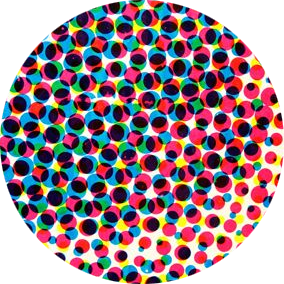The Poignancy of Charles Schultz’s “Peanuts”

Charles Schulz’s “Peanuts” comic strip is iconic – a true transmedia property whose scope and scale exceeded anything that came before it, but lost in that, at times, is the fact that Peanuts was (particularly early on) an innovative work of pop culture genius. #PEANUTS 1/10




The result is a world that is deeply melancholy: absurd in its cruelties, yet relatable and oddly comforting as a result. Ira Glass, the famous host of “This American Life” describes this tonal quality as follows: 5/10

“That’s the dark-but-happily-dark feeling I got reading Charles Schulz’s strip. All the baseball games are lost, all the test scores are D-minuses, the Great Pumpkin never comes and the football is always pulled away…” 6/10

“…If Charles Schulz had been making movies, the baseball team would win in the final reel, the Great Pumpkin would finally arrive, and Charlie Brown would kick that football every time.” Instead, Schulz offers readers a dark and familiar world. 7/10

Grappling with that world, as mentioned, are a cast of children – and therein lies the genius of this now-familiar conceit: perpetual adolescence resonates with readers; we see ourselves as kids, as innocents, as naifs. 8/10

Gabriel García Márquez cites this conceit as the secret of his endlessly-praised prose, and Schulz was writing within the same approach 17 years before Márquez’s “100 Years of Solitude” vaulted him to the forefront of high literary culture. 9/10

Schulz worked on Peanuts for 50 years. Then he retired and died the night before the last scheduled Peanuts strip was released. While his work is known for ubiquity, that ubiquity may overshadow what was a deeply important comics triumph. 10/10
